#Ptolemaic
Text


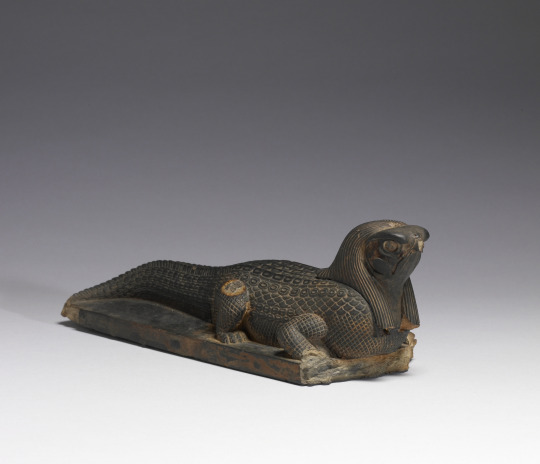
~ Statue of a Crocodile with the Head of a Falcon.
Culture: Egyptian
Date: ca. 380-250 B.C.
Period: Late Period-early Ptolemaic Period; 30th Dynasty
Medium: Steatite
#ancient#ancient art#history#museum#archeology#ancient egypt#ancient sculpture#ancient history#archaeology#Egyptian#egyptology#Egypt#crocodile#falcon#ptolemaic#late period#30th dynasty#steatite#ca. 390 b.c.#ca. 250 b.c.
3K notes
·
View notes
Text

Statuette of pantheistic god Bes
Bronze inlaid with gold.
Late Period or the Ptolemaic Period, 664-30 BC.
Now in the the Fondation Gandur pour l'Art, Geneva.
"Despite his appearance, which changed in many details over time, Bes was deemed beneficent to humans and he was accepted by all classes of Egyptians as a powerful apotropaic deity. He was especially associated with the protection of children and of pregnant women and those giving birth..." Bes was believed to provide protection from snakes among other noxious forces; this statuette shows him in motion stepping on serpents. But Bes was also associated with many of the good things in life: sex, music, and merriment.
"... [In] his later composite form Bes is depicted as the head and sometimes body of a four-armed, winged and many-headed god with the tail of a falcon and the attributes of many of the deities with whom he was combined..."
― Complete Gods and Goddesses of Ancient Egypt, by Richard H. Wilkinson
535 notes
·
View notes
Text

Gold diadem with herakles knot, crafted in Alexandria, Egypt, 220-100 BC
2K notes
·
View notes
Text

Ring Inscribed with Hieroglyphs
Egyptian, Probably Ptolemaic Period (332–30 BCE)
Upon death, people who were thought to have lived moral lives were reborn in the afterlife as a form of the god Osiris. This ring is inscribed with the title “Osiris,” followed by the owner’s names and titles, attesting to his faith that he would become one with the god after death.
292 notes
·
View notes
Text

Ancient Egyptian faience inlay depicting a falcon with spread wings. Artist unknown; 4th cent. BCE (Late Period or early Ptolemaic). Now in the Metropolitan Museum of Art.
#art#art history#ancient art#Egypt#Ancient Egypt#Egyptian art#Ancient Egyptian art#Late Period#Ptolemaic#Ptolemaic Egypt#Ptolemaic art#animals in art#birds of prey#falcon#inlay#faience#Metropolitan Museum of Art
888 notes
·
View notes
Text

Ptolemaic plaque of a woman giving birth assisted by two figures of Hathor.
124 notes
·
View notes
Text

The Pharos of Alexandria by Roy Krenkel
#lighthouse of alexandria#pharos#alexandria#lighthouse#art#roy krenkel#ptolemaic#kingdom#ancient greek#ancient egypt#ancient world#egypt#monument#antiquity#history#architecture#seven wonders#lighthouses#structure#mediterranean#ship
320 notes
·
View notes
Text
Ancient d20s
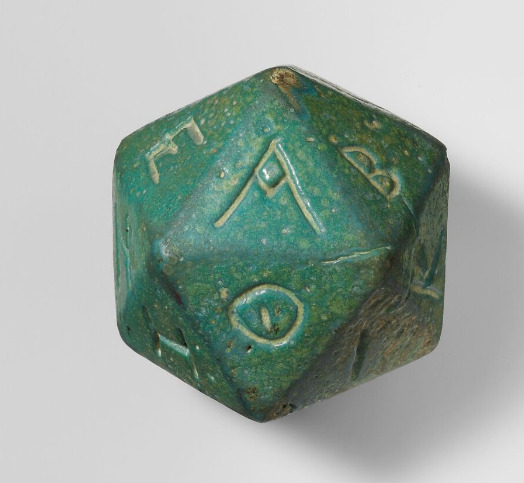
Faience icosahedron inscribed with letters of the Greek alphabet. Roman, 2nd-3rd century CE. Used for do-it-yourself fortunetelling.
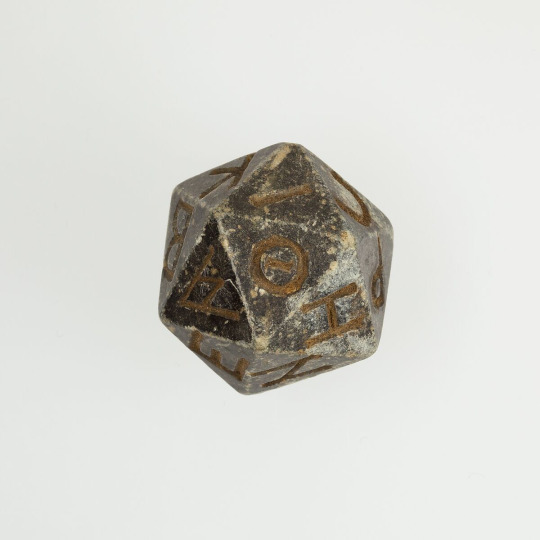
Serpentinite icosahedron inscribed with the letters of the Greek alphabet. Ptolemaic-Roman Period of Egypt, between 2nd century BCE and 4th century CE.
282 notes
·
View notes
Text

Ptolemaic (プトレマイオス) is so moe lol
73 notes
·
View notes
Text
Did you know the ancient Greeks were obsessed with Egypt? They saw their gods as versions of their own, adopting much of Egypt’s culture and its customs.
71 notes
·
View notes
Text

Arsinoe Ⅱ
This is a drawing I did some time ago. I read the Japanese translation of "Arsinoe of Egypt and Macedon : A Royal Life" by Elizabeth Donnelly Carney, and was influenced by seeing this statue on TV.

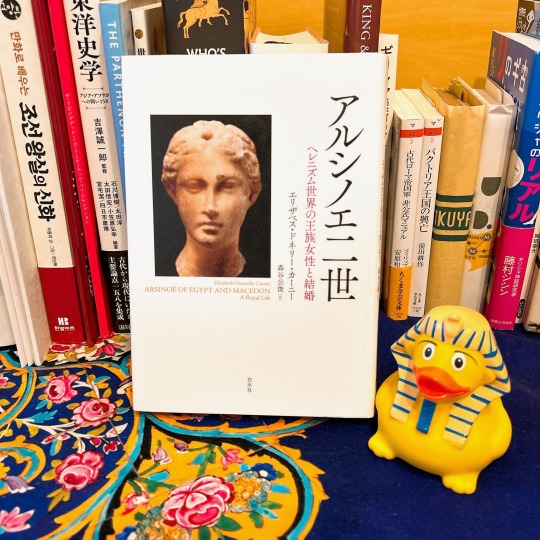
295 notes
·
View notes
Text

~ Ibis figurine.
Place of origin: Egypt, Alexandria (?)
Period: Hellenistic Period (Ptolemaic Dynasty)
Date: 305–30 B.C.
Medium: Gold sheet over core; blue enamel
#ancient#ancient art#history#museum#archeology#ancient egypt#ancient history#archaeology#egyptian#egypt#egyptology#Alexandria#Ptolemaic#Hellenistic#305 b.c.#30 b.c.
1K notes
·
View notes
Text
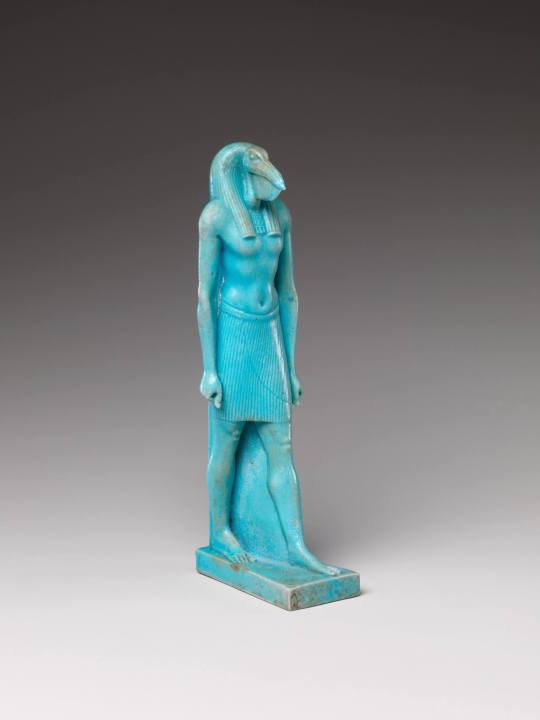
Striding Thoth
Ptolemaic Period, ca. 305-30 BC.
Egyptian faience.
Met Museum. 26.7.860
229 notes
·
View notes
Text

Bronze statuette intended to hold a mummified cat, Ptolemaic Egypt, 330-30 BC
from The Metropolitan Museum of Art
431 notes
·
View notes
Text
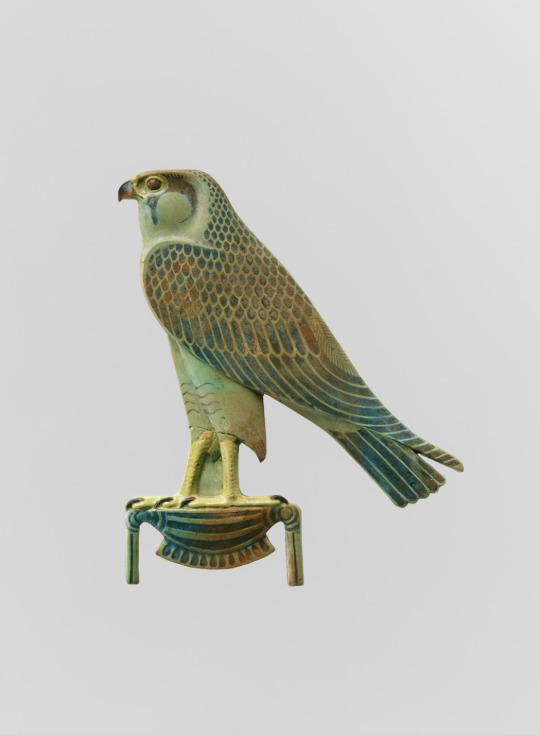
Inlay Depicting "Horus of Gold"
Egypt, Late Period–Ptolemaic Period, 4th century B.C
162 notes
·
View notes
Text
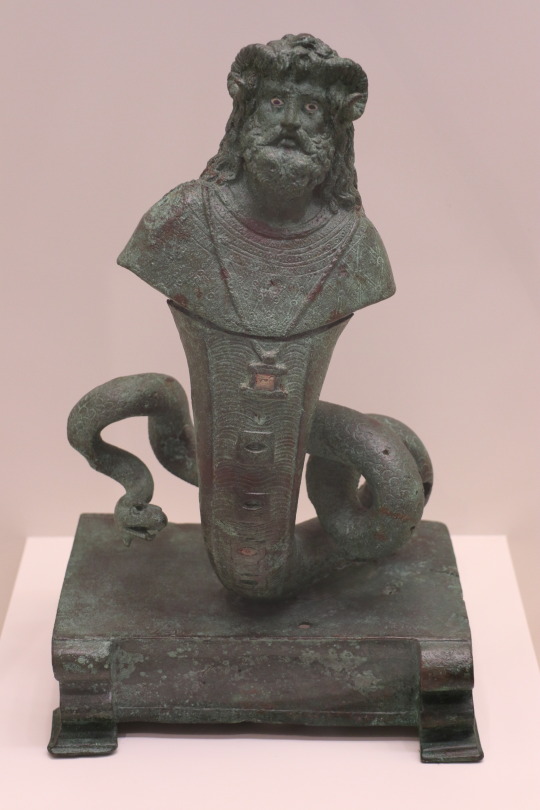
Statuette (copper alloy) of the composite Greco-Egyptian deity Serapis Amun Agathodaimon. Artist unknown; 1st cent. BCE/CE (late Hellenistic or early Imperial). From Egypt; now in the National Archaeological Museum, Athens, Greece. Photo credit: George E. Koronaios.
#classics#tagamemnon#Ancient Greece#Egypt#Ancient Egypt#Greek religion#Ancient Greek religion#Hellenic polytheism#Egyptian religion#Ancient Egyptian religion#kemetic#syncretism#Serapis#Serapis Amun Agathodaimon#Hellenistic period#Ptolemaic#Ptolemaic Egypt#Roman Imperial period#Roman Egypt#art#art history#ancient art#Greek art#Ancient Greek art#Egyptian art#Ancient Egyptian art#Greco-Egyptian art#Ptolemaic art#sculpture#statuette
520 notes
·
View notes